How To Use A Walk Behind Concrete Saw

Cutting grooves and inlays into slabs of concrete is made easier with a walk behind concrete saw or cut-off saw. Walk behind concrete saws are very useful when cutting heavy concrete or stamped concrete. In addition to trenching, patch repair, and concrete and asphalt applications, these are perfect. Pick the right blade for the job before using your saw. Select whether you need a dry or wet blade with diamond tips for asphalt or concrete. In this article, we will discuss the operation of walk behind a concrete saw and will let you know the safety tips.
Contents
The Installation Process Of The Blade
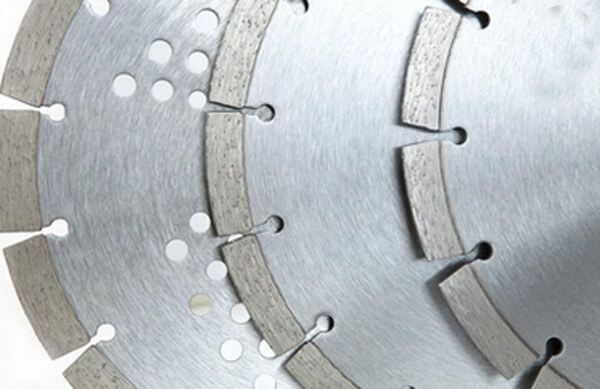
- Blade cover should be removed
- You need to remove the arbor cap
- The blade is then slid onto the arbor shaft
- Reattach the blade cover and the nut over the blade
- Check the blade or arbor for undercutting, flatness, fatigue, and segment damage when installing the blade.
- Ensure that the water tank hose is properly connected
Before You Start
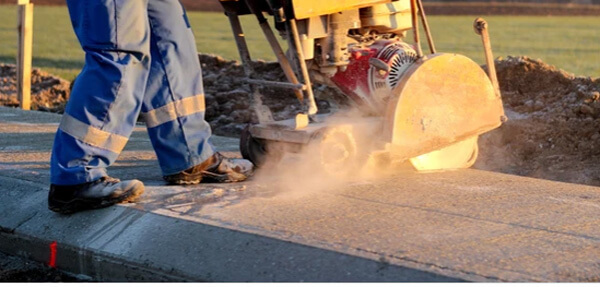
- Make sure the belt is properly tightened
- Grease the arbor shaft bearings
- Concrete sawing begins
- The engine should be started
- To wet cut, open the water valve
- The blade should be adjusted slowly to the ground. Slowly the device will move forward as the blade is adjusted to the ground
- To cut to the maximum depth, step cutting is required
- Once you start the saw on your cutting line, guide it slowly with the cutting guide
- A Saw can cut a maximum of 4.5-5.5 inches deep
Starting It
Gasoline engine
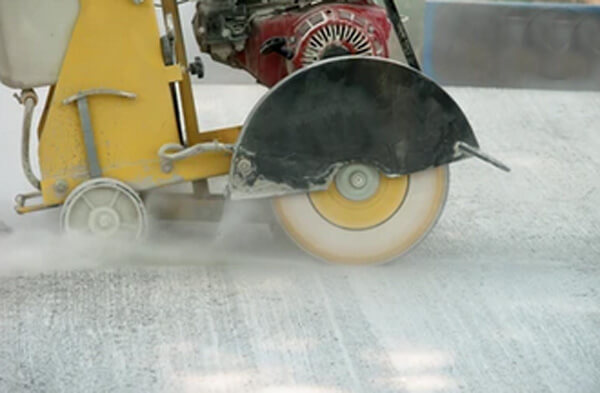
- Check the oil level and add oil and fuel as necessary when the saw engine is level with the ground.
- The stop switch on the unit should be in the “Out” position.
- To prevent ground contact with the diamond blade, make sure the saw is raised using the manual crank lift before starting the engine.
- The crank lock handle must be engaged.
- Set the throttle control of the engine to “FAST”.
- Start the engine if necessary. (Warm engines may not require choking)
- When you feel resistance, pull the starter rope.
- Pull briskly and firmly, then reset the recoil.
- Once the engine has started, move the choke lever to the open position. Set the throttle to “IDLE” and wait for a minute or two for the engine to warm up.
- Using the crank lift handle to raise the saw height is the easiest method to stop the engine. Make sure the engine is allowed to idle before stopping.
- By pressing the stop button, turn off the saw’s engine.
- Turn off the fuel valve.
Electric engine
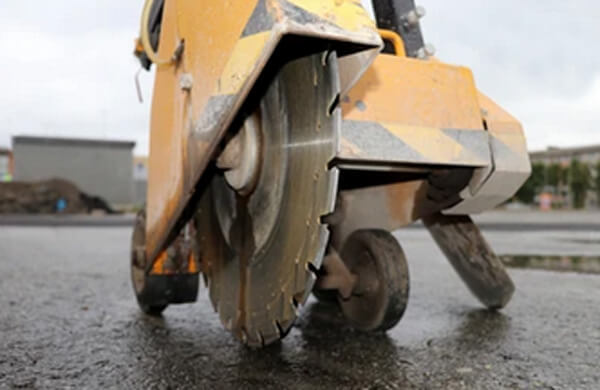
- Connect the motor to a suitable power source.
- Turn the motor’s switch to the “ON” position.
- To raise the saw height, use the crank lift handle before running and stopping the motor.
Operation
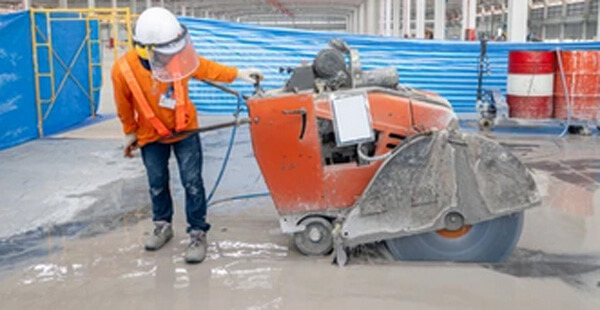
- Once the engine/motor is turned on, turn the manual lift crank clockwise until the saw blade just touches the pavement.
- At this point, every 14 turns of the lift/lower crank equal a 14″ depth of cut.
- Follow the guide down. Press saw forward slowly to the desired cutting area.
- Only make straight cuts. Cut Concrete at the Right Time: Because wet concrete is difficult to cut and cured concrete can fracture when it is cut, it is suggested to cut concrete when it is hard and only half-cured.
- Always Use the Right Blade: Diamond saw blades are usually the best choice.
- When in doubt, use the right saw. Work on a large floor job with a walk-behind saw (normally wet). In most cases, a hand-held saw is suitable for cutting concrete, and it can be used dry or wet.
- When working with wet concrete saws, mark your cuts with chalk or a crayon.
- Tape a strip of duct tape along the bottom of the saw body, where it will touch the concrete. The saw will be protected from scratches this way.
- To ensure accurate cuts, use a guide board along the chalk line.
- Always let the blade do the work: Never force the blade. The only thing you need to do is guide the saw in the direction of the cut. Force could cause the saw to overheat, which would worsen the situation.
Concrete Saw Safety
There are serious consequences for not operating the saw properly. To operate the machine properly, it’s important to read the manual carefully and fully understand how to use it. Make sure everyone who uses the machine understands this. A walk-behind saw can cause serious or fatal injuries if improperly used. Do not leave it unattended.
Safety tips
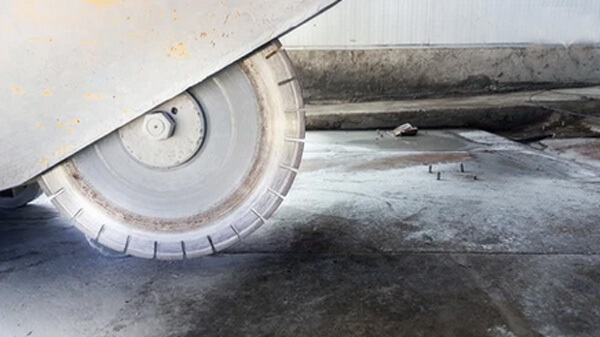
- Make sure there are no children or animals nearby before using a concrete saw.
- Consider wearing a face shield and wearing hearing and eye protection.
- To prevent blade entanglement, it is important to wear clothing that fits well and durable boots.
- Make sure the blade arrow points in the right direction when installing the blade.
- Make wet cuts with a wet blade and dry cuts with a dry blade. When cutting, it is extremely important to use the correct blade rating. Failing to do so may result in serious or even fatal injuries.
- While cutting, avoid twisting or changing directions. Keep the blade from breaking by making smooth cuts.
- Blades that have already been used for a job should not be re-used. Make sure to use each blade once and then dispose of it properly.
- Use a concrete saw with caution, as dust and debris can become airborne when cutting concrete. Birth defects, cancers, and repertory diseases can occur when these materials are handled improperly. We recommend wearing a respirator when handling these materials.
Conclusions
To conclude, walk behind concrete saws are not difficult to operate. However skilled labor is must for them. Cutting heavy concrete or stamped concrete with a walk behind concrete saw is very useful. These are also perfect for trenching, patching, and repairing concrete and asphalt. Before using your saw, choose the correct blade. There are also serious consequences for not operating the saw properly. To operate the machine properly, it’s important to read the manual carefully and fully understand how to use it.
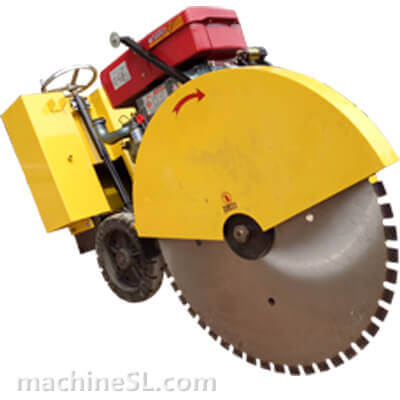
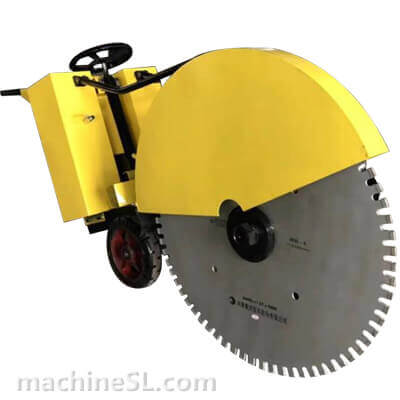
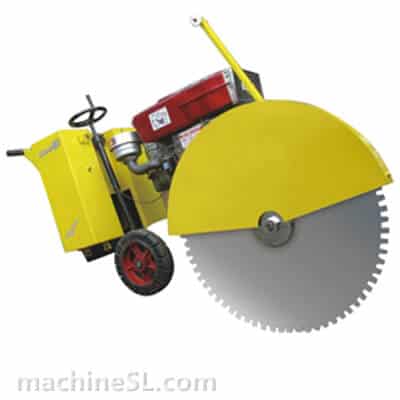
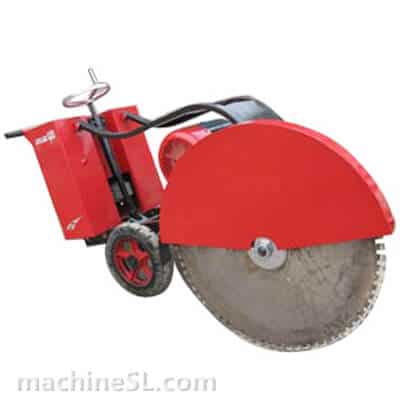
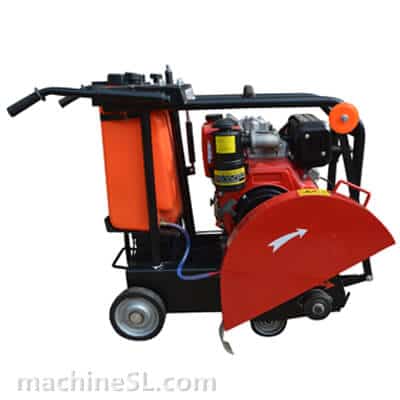
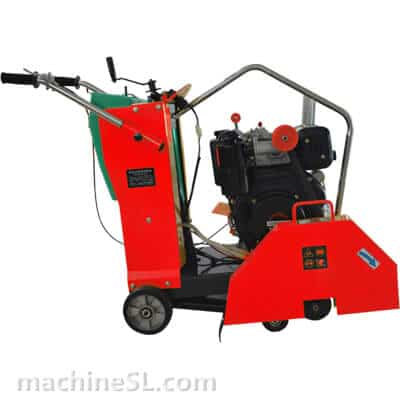
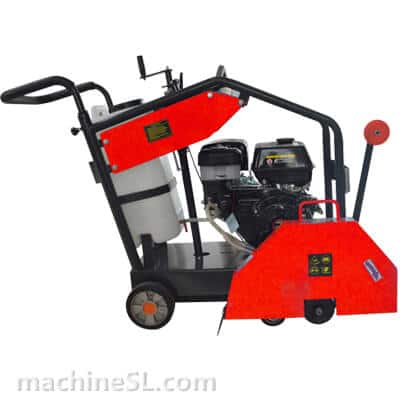
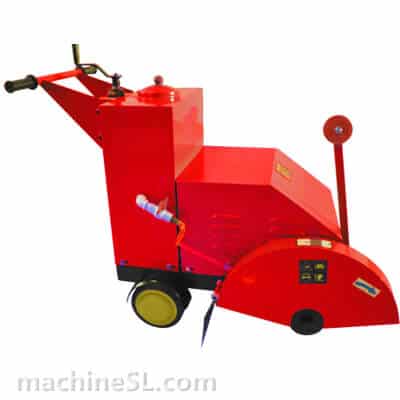
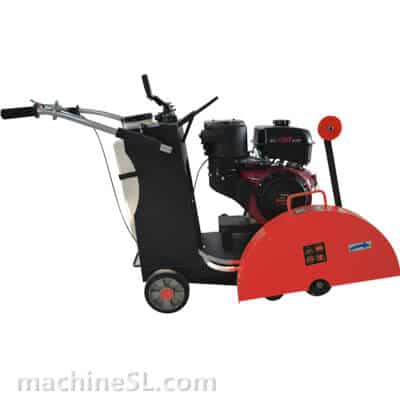
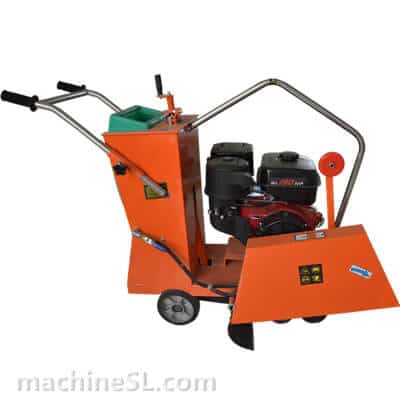
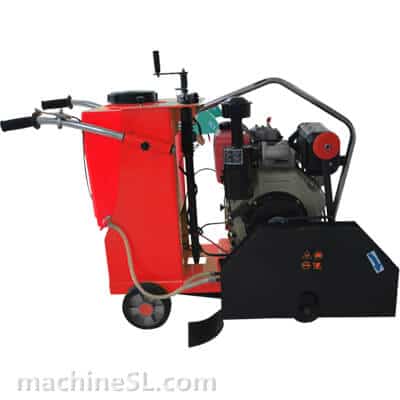
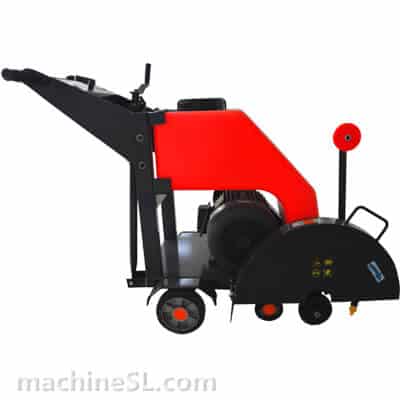
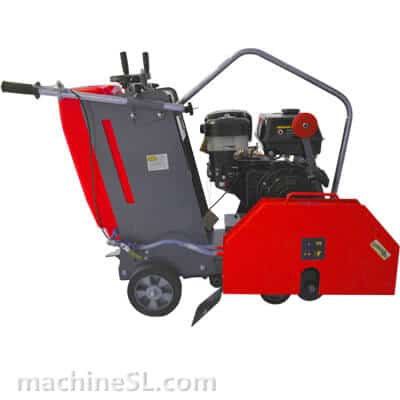
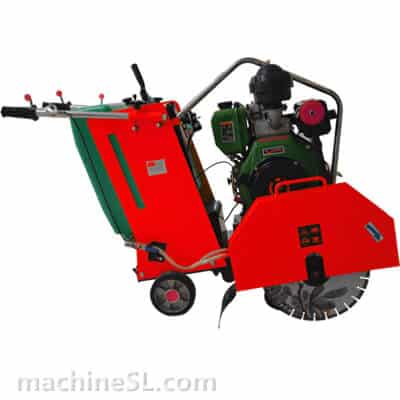
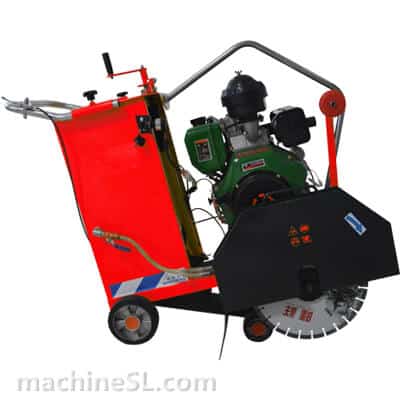
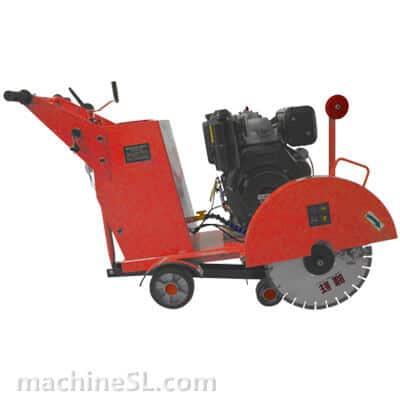
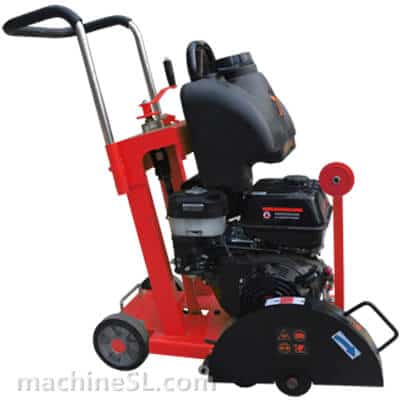
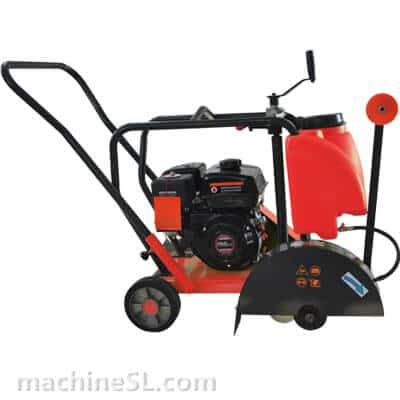
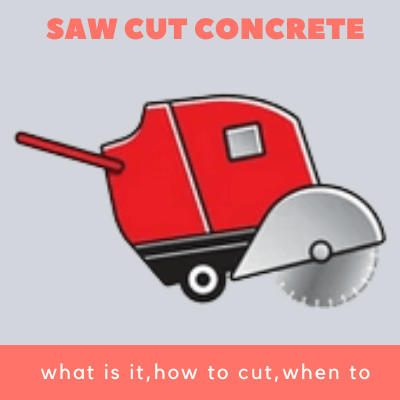
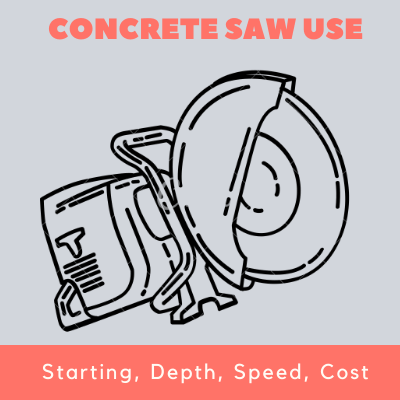
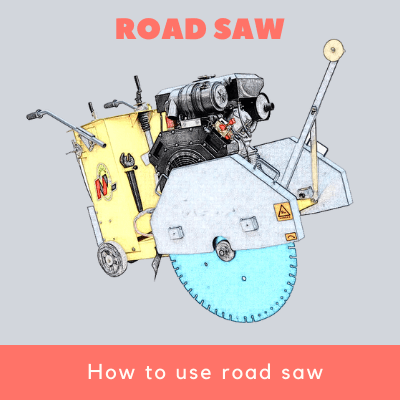
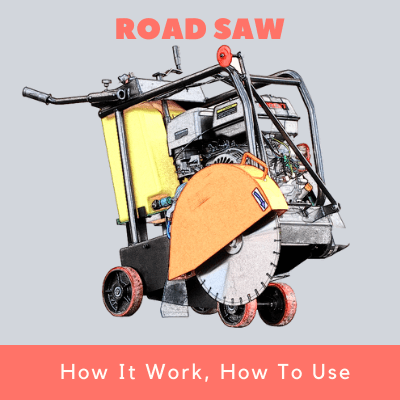
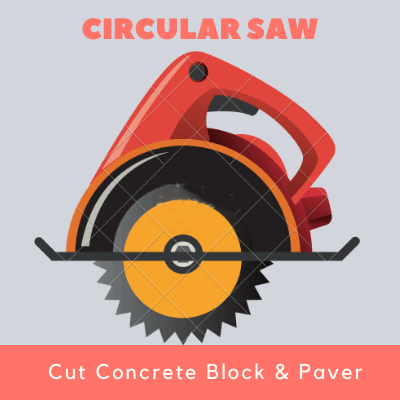
Leave A Comment